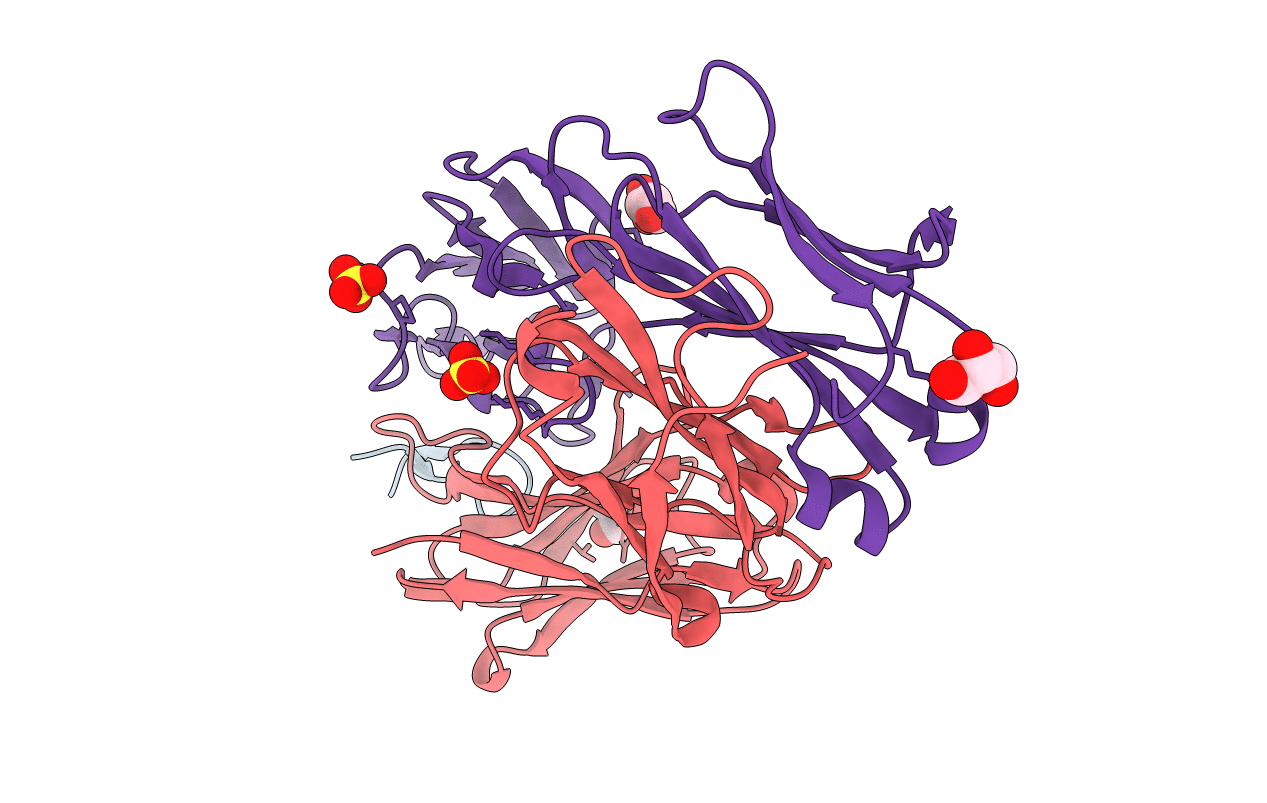
Deposition Date
2012-10-29
Release Date
2013-04-03
Last Version Date
2024-11-06
Entry Detail
PDB ID:
4HS8
Keywords:
Title:
Hepatitus C envelope glycoprotein E2 fragment 412-423 with humanized and affinity-matured antibody hu5B3.v3
Biological Source:
Source Organism:
Homo sapiens (Taxon ID: 9606)
Hepatitis C virus (Taxon ID: 11103)
Hepatitis C virus (Taxon ID: 11103)
Host Organism:
Method Details:
Experimental Method:
Resolution:
2.60 Å
R-Value Free:
0.26
R-Value Work:
0.22
R-Value Observed:
0.22
Space Group:
P 41 21 2


